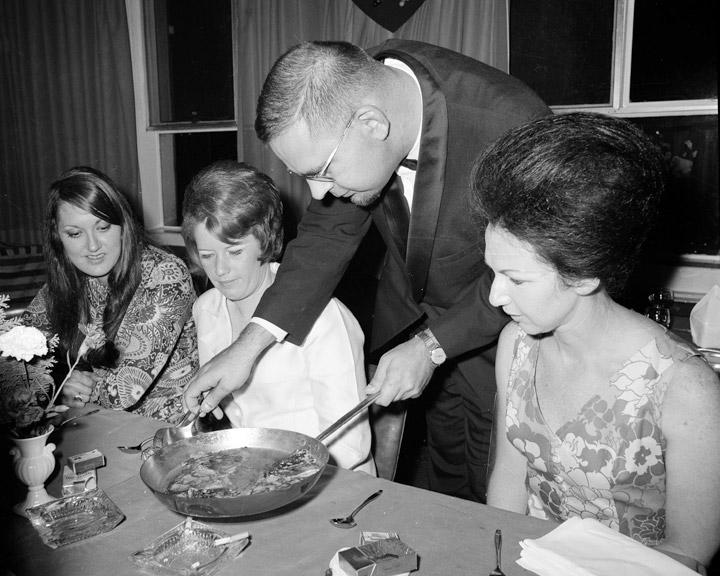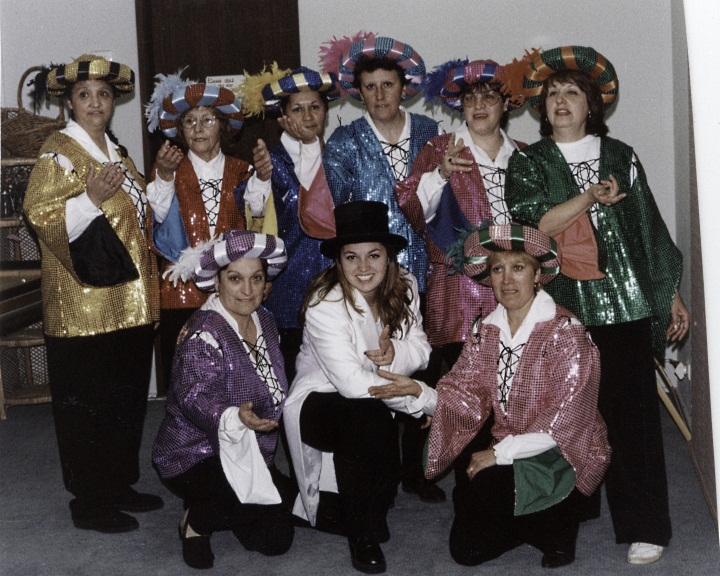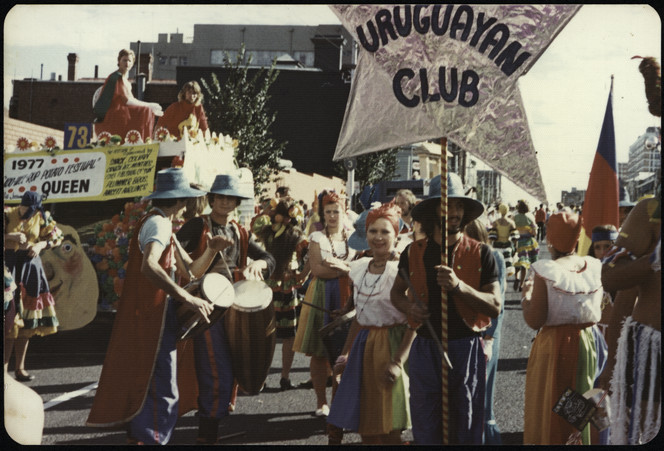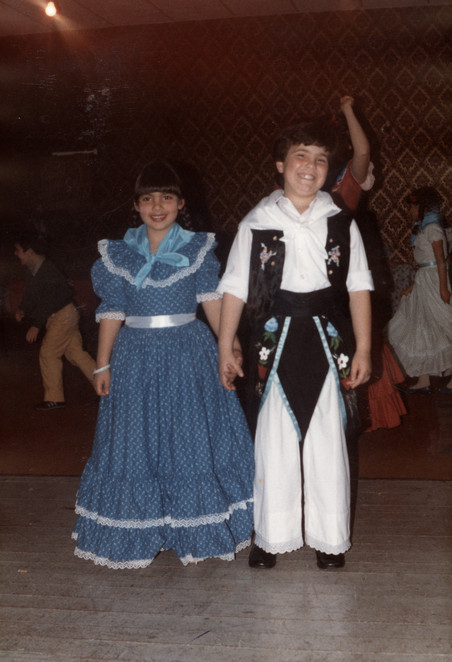Immigration History from Uruguay (Spanish) to Victoria
Los primeros inmigrantes provenientes de la Republica Oriental del Uruguay, llegaron a Australia durante la década de los sesenta, cuando Uruguay experimentaba un periodo de inestabilidad política y deterioro económico. El inicio de la campaña guerrillera por parte de los Tupamaros en 1.967 empeoró las tensiones políticas y llevo a la introducción de nuevas leyes de seguridad, que fueron utilizadas mas tarde, para justificar los abusos a los derechos civiles.
En los años setenta, se incrementó la represión y el desempleo contra los oponentes al gobierno. Luego del golpe militar en 1.973, un grupo estimado en 400.000 personas abandonó el Uruguay, algunos de ellos se radicaron en Australia.
El número de uruguayos nacidos en Victoria, se elevó dramáticamente de 39 en 1.971 a 1.608 en 1.976, con la llegada de 500 nuevos pobladores en 1.981. Muchos de los que arribaron entre 1.973 y 1.977 eran inmigrantes con asistencia. Aun, luego que Uruguay retornó a la democracia en 1.984, la comunidad uruguaya nacida en Victoria continuó creciendo hasta llegar en 1.991 a 1.779 personas.
En el año 2011 esta comunidad constaba de 1.616 habitantes, la mayoría descendientes de europeos. Muchos uruguayos que viven en las zonas de gobierno local de Brimbank, Casey, Greater Dandenong y Wyndham. Predominantemente de trabajo como profesionales (36%), obreros (23%), o en trabajos de oficina, ventas y servicio (27%). 73% de la comunidad son cristianos y existe una mayoría de católicos. Más del 82 por ciento hablan español en sus hogares y están integrados en organizaciones latinoamericanas. La prensa latina provee a la comunidad de periódicos y programas de radio en su idioma natal. Otras organizaciones tales como la cámara de comercio uruguaya y el club uruguayo, apoyan la cultura y esta se celebra con danzas folclóricas, música, comida y teatro.





